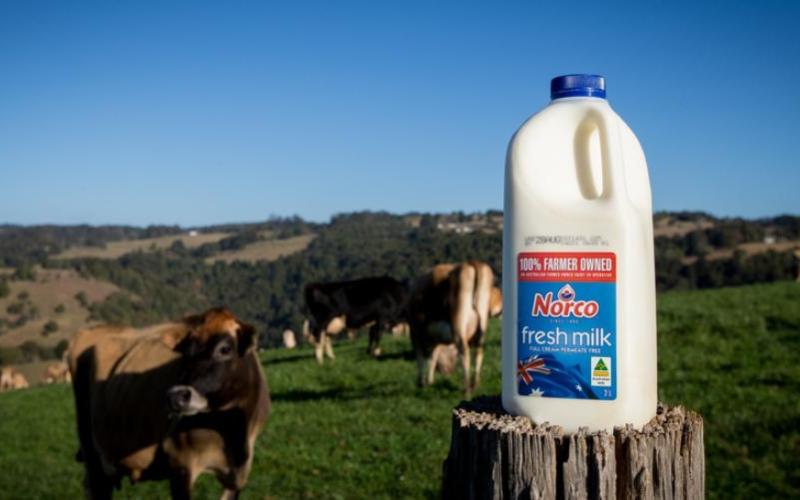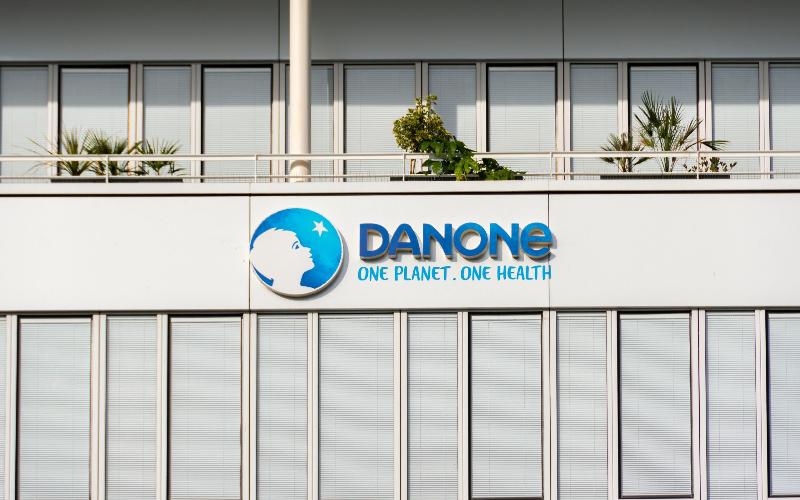Dairy Innovation West’s Advanced Processing Facility on Track to Revolutionize Canada’s Western Dairy Industry
Source: DairyNews.today
Dairy Innovation West (DIW) is making substantial progress on its groundbreaking dairy processing facility, with operations slated to begin in spring 2025. Located on a 15-acre site, the $75 million plant is set to become a pivotal player in western Canada’s dairy industry by introducing cutting-edge processing technology designed to streamline production and enhance environmental sustainability.

Once operational, the facility will use ultrafiltration and reverse osmosis technologies to process raw milk directly fr om regional dairy farms, reducing it to a concentrated form before transporting it to producers of cheese, butter, yogurt, and other dairy products. This process is expected to cut the number of required transport trucks in half, resulting in an estimated $15 million annual savings in transportation costs and a significant reduction in carbon emissions.
“This project combines economic and environmental sustainability,” stated Henry Holtman, chair of DIW, at an official project update on October 15. “Being the first of its kind in Canada, there’s a lot of interest. Who knows wh ere this concept might be adopted next?”
The facility will have an initial processing capacity of 300 million liters of milk annually, with the flexibility to expand to 450 million liters. Holtman confirmed that construction remains on budget and on schedule, with a projected opening date this spring. DIW has emphasized meticulous planning and communication with its building and operations partners to ensure a smooth transition into full-scale production.
Mike Cotter, managing director and founder of Pacific Process, the project’s management firm, highlighted the advanced design elements of the facility during a recent tour. Key features include a specialized loading and unloading bay for transport trucks, designed to facilitate faster and more efficient milk transfer. The facility also includes amenities for drivers, such as a lounge area, where they can wait while their trucks are cleaned, weighed, and unloaded.
To uphold stringent sanitation standards, DIW has invested in state-of-the-art containment and filtration systems. “The processing equipment maintains the milk at cold temperatures and keeps it completely contained throughout the entire production process,” Cotter explained. “Air filtration units also ensure that the environment is free of debris and bacteria, and critical sections of the plant are pressurized for added protection.”
Additionally, the facility is equipped with a Clean-In-Place (CIP) system, which enables daily sanitization without dismantling equipment. This system utilizes large vats of sanitizing chemicals to flush the pipes and pumps, ensuring that all equipment remains sterile.
As the plant prepares for launch, DIW has begun the hiring process for key positions, including plant operators. Holtman mentioned that they aim to have the core team in place early next year to oversee the final stages of calibration and testing, which will commence in January. Initial testing will use water, followed by milk, to ensure all systems meet quality and safety standards before the facility opens to industry partners in the spring.
Once fully operational, Dairy Innovation West’s facility is expected to add 19 permanent jobs to the region, boosting the local economy and offering advanced dairy processing capabilities to support Canada’s dairy industry well into the future.
“This project combines economic and environmental sustainability,” stated Henry Holtman, chair of DIW, at an official project update on October 15. “Being the first of its kind in Canada, there’s a lot of interest. Who knows wh ere this concept might be adopted next?”
The facility will have an initial processing capacity of 300 million liters of milk annually, with the flexibility to expand to 450 million liters. Holtman confirmed that construction remains on budget and on schedule, with a projected opening date this spring. DIW has emphasized meticulous planning and communication with its building and operations partners to ensure a smooth transition into full-scale production.
Mike Cotter, managing director and founder of Pacific Process, the project’s management firm, highlighted the advanced design elements of the facility during a recent tour. Key features include a specialized loading and unloading bay for transport trucks, designed to facilitate faster and more efficient milk transfer. The facility also includes amenities for drivers, such as a lounge area, where they can wait while their trucks are cleaned, weighed, and unloaded.
To uphold stringent sanitation standards, DIW has invested in state-of-the-art containment and filtration systems. “The processing equipment maintains the milk at cold temperatures and keeps it completely contained throughout the entire production process,” Cotter explained. “Air filtration units also ensure that the environment is free of debris and bacteria, and critical sections of the plant are pressurized for added protection.”
Additionally, the facility is equipped with a Clean-In-Place (CIP) system, which enables daily sanitization without dismantling equipment. This system utilizes large vats of sanitizing chemicals to flush the pipes and pumps, ensuring that all equipment remains sterile.
As the plant prepares for launch, DIW has begun the hiring process for key positions, including plant operators. Holtman mentioned that they aim to have the core team in place early next year to oversee the final stages of calibration and testing, which will commence in January. Initial testing will use water, followed by milk, to ensure all systems meet quality and safety standards before the facility opens to industry partners in the spring.
Once fully operational, Dairy Innovation West’s facility is expected to add 19 permanent jobs to the region, boosting the local economy and offering advanced dairy processing capabilities to support Canada’s dairy industry well into the future.














